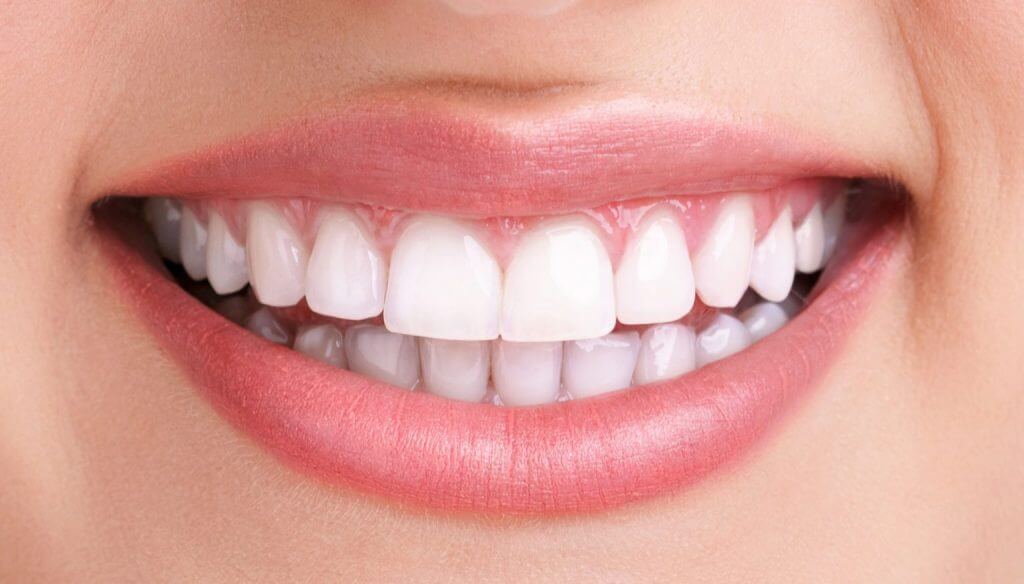Both crowns and veneers have several benefits when it comes to restoring or enhancing front teeth. However, veneers and crowns serve quite distinct functions and aesthetic goals. Veneers simply cover a portion of your tooth, but crowns, often known as “tooth caps,” cover the entire tooth.
Everyone will choose differently while deciding between crowns and veneers for their front teeth. The most important component will depend on whether or not your tooth is healthy or if it only requires cosmetic improvement. While one treatment (crowns) restores damaged teeth and improves their aesthetics, the other (veneers) is just cosmetic.
What Is The Difference Between A Veneer And A Crown?
When you smile, you won’t even be able to identify the difference between front teeth with crowns and those with veneers because they are two very distinct things. Only one of them is required for “health”-related reasons; the other one is entirely discretionary. Both of them are made to seem like natural teeth and enhance the appearance of the tooth beneath them.
Crowns are full-coverage restorations that operate like a tiny little helmet that put over your tooth, despite the fact that some people refer to them as “tooth caps.” The protective shell entirely encloses the tooth’s underside, covering the entire tooth surface up to the gumline. When a tooth in the front is fundamentally weak, crowns are used. In other words, it’s broken, has a significant cavity, is cracked, or you recently had a root canal (root canal teeth are extra brittle.) To maintain your tooth operating properly, it needs a crown. Otherwise, it would simply decay, necessitating the extraction of the tooth.
When it comes to veneers, they only slightly extend over the edges and front side of your teeth. You can see this beautiful teeth when you smile, but your real tooth is completely visible behind it. Only your dental experts will be able to determine whether the front teeth have crowns or veneers. They all have the same appearance from the outside. Veneers do cover one side of your tooth, but they just improve the appearance of your teeth; they do not strengthen the tooth’s structure.
What Is A Veneer?
Dental veneers are technically elective aesthetic repairs that are applied on teeth. People decide to have dental veneers to improve the appearance of their smiles. They essentially conceal the real teeth that are there behind them, improving your enamel’s overall appearance and shade right away.
Due to the way veneers cover the real item while altering how everything looks, some people liken them to an artificial fingernail. Prior to installation, a thin coating is removed with a buff. Others claim that veneers are similar to a thin shell that covers your tooth’s front. Both comparisons are valid and provide you an understanding of how the veneer just hides what is underneath your natural tooth on the front.
Porcelain, no-prep, and composite are the three common types of veneers (chairside.) Porcelain is the material of choice for the majority of smile makeovers because it provides the highest durability and aesthetic outcomes.
Advantages Of Veneers:
- Addresses your entire smile zone at one time
- Makes your smile look gorgeous
- Can replace the need for whitening or braces (in some cases)
- Tailored to your individual preferences
Disadvantages Of Veneers:
- Can be expensive
- Are usually non-reversible
- You need several of them at a time
- Usually isn’t covered by insurance
- Budget veneers don’t look as good
What Is A Crown?
If your tooth is too badly damaged to be restored with a filling, your dentist will use crowns or “caps,” which are the next-level treatment. Since they cover and round your teeth, they support any below weak or damaged components. In essence, they distribute pressure so that you can normally bite and chew with your tooth. Without a crown, it usually only takes a short while for a damaged tooth to deteriorate further.
Before a crown can be placed on top of your tooth, it must normally be shrunk down to a smaller size. If not, it would “hit too high” or appear overly hefty all around. A crown can be placed on top of the tooth and on each side without obstructing it by reshaping the tooth’s top and sides.
Dental crown designs can be chosen from a variety of possibilities. The majority of crowns placed on front teeth will likely be made of complete porcelain, zirconia (a very durable ceramic), or, in cases where a same-day design is used, even carved from a solid block of ceramic. While gold or porcelain fused to metal crowns are normally only utilized on the back teeth.
Advantages of Crowns:
- Usually covered under your dental insurance policy
- Can be placed on just one or two teeth, instead of several
- Protects teeth with cracks or cavities
- Enhances the tooth’s appearance while also protecting the weak structure
Disadvantages of Crowns:
- Is more invasive to your tooth than a dental veneer
- Typically only placed on one tooth at a time
- Used on an as-needed basis, rather than upon request
- Could have a visible metal base, depending on the design and materials used
Which One Is Right For You?
For the majority of people, choosing between veneers and crowns is actually a rather simple process. If you have a single tooth that is no longer structurally able to withstand normal wear and tear, you require a crown. When the tooth is already weakened, the crown safeguards it. If you recently had a root canal or if the interior of your tooth was completely destroyed by a huge cavity, you also require a crown. None of such circumstances can be resolved by veneers.
When looks are your first priority, on the other hand, you should choose dental veneers. From one side of your mouth to the other, you just want your teeth to appear brighter, straighter, and properly shaped. If so, you should get as many dental veneers as necessary to cover all of the top teeth in your “smile zone.” Typically, depending on how broad your grin is, that ranges from 6 to 10 veneers.
Which One Lasts Longer: Veneers Or Crowns?
If you wish to compare the average life expectancy of crowns and veneers on front teeth, they are roughly equivalent. In general, you may get 7 to 10 years out of your restoration if you take good care of your mouth, floss daily around those teeth, and don’t grind your teeth while you sleep (which could lead to a broken crown or veneer).
Remember that porcelain is much more durable than the material used in “same-day” dental veneers, which are another option. Same-day veneers often need to be replaced after a few years at most. The best method to ensure that your investment lasts as long as possible is to floss every day and wear a nightguard while you sleep, as the majority of high-quality veneers and crowns are manufactured from the same sturdy materials.
Questions To Consider:
How many do I need?
Occasionally, solitary teeth will receive crowns. In contrast, veneers must be applied in sets of several at a time to produce the desired effect. The final decision between veneers and crowns will depend on how many teeth are involved. A crown is often only placed sometimes on teeth that already pose a concern for the patient. However, crowns take care of your complete smile. You usually require more veneers than someone else if you have a tendency to display more teeth when you smile or laugh.
A side note: Because lower front teeth are more susceptible to chipping, veneers are typically not advised.
Which type am I getting?
Your crown or veneer’s overall price will depend on the materials used in its construction. Ask your dentist about the different crown and veneer price tiers because there are so many different materials on the market. Gold crowns are a fantastic example, even though you probably wouldn’t get one on your front teeth. The market’s fluctuations in gold prices have an effect on the price you pay at the dentist’s office. In a similar vein, your dentist or lab can choose from a variety of ceramic materials.
Is it covered by my dental insurance?
Dental crowns typically qualify for insurance coverage, but aesthetic veneers typically do not. Although the rule occasionally has exceptions, these are uncommon. Even if crowns are covered by your dental insurance, you still need to think about your plan’s yearly limit, deductible, and co-pay amounts.
Are extra treatments necessary?
You may need to budget for additional charges such as anesthesia, gum lifts, buildups, and custom color matching. Since each person’s needs are different, you and your dentist will need to talk about them while performing your examination.



